6-Step Client Onboarding Checklist with Free Template
Having a new client is exciting, but the real work begins once they are onboarded. A strong client onboarding experience can help a partnership thrive over the long term. It clarifies expectations, facilitates collaboration, and establishes trust right from the start. Here’s a six-step client onboarding checklist to design an onboarding process that benefits both you and your clients.
Why Client Onboarding Matters
Onboarding is not just a formality; it’s the client’s first impression of your workflows and professionalism. A poor onboarding experience can result in unclear communication, missed deadlines, or even lost clients. Conversely, a polished onboarding process fosters trust, demonstrates competence, and builds confidence in your ability to deliver.
According to Wyzowl, 63% of customers view onboarding as a critical factor in their decision to stay with a provider. That statistic speaks volumes! So, where do you start? With a comprehensive onboarding process checklist.
Here are six foolproof steps to create a client onboarding system that works.
1. Send a Warm Welcome
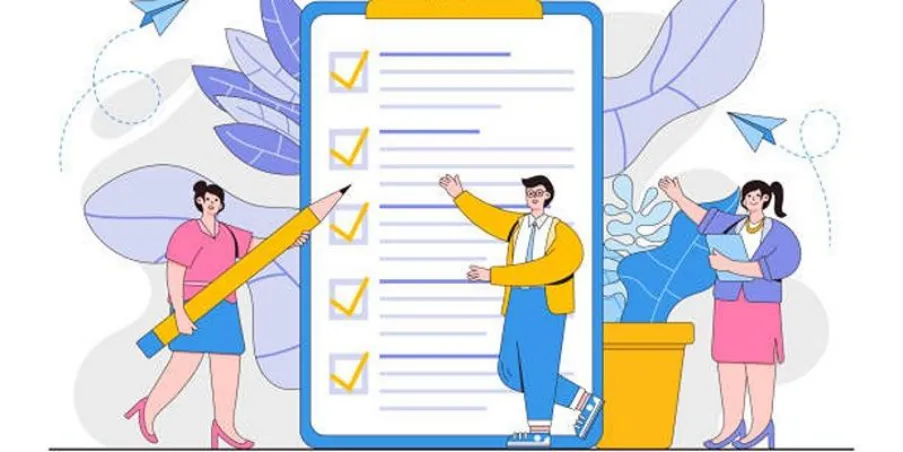
First impressions matter, and a warm, personal introduction sets the tone for a positive working relationship. Start by sending a personalized welcome email that combines professionalism with friendliness while outlining what your client can expect during the onboarding process.
Include in your welcome email:
- A brief note thanking them for choosing your business.
- An introduction to their main point of contact, whether that’s you or a designated account manager.
- A high-level overview of what’s coming next, such as meetings, deliverables, or timelines.
- Helpful contact details or FAQs.
Use tools like Mailchimp or HubSpot to automate these welcome emails while keeping them personalized.
Example:
“Hi [Client’s Name],
Welcome aboard! We’re thrilled to partner with you on [Project/Service]. Over the next few weeks, we’ll walk you through everything to ensure a seamless process. Your main point of contact will be [Contact Name], who’s here to answer all your questions.
Looking forward to creating something amazing together!”
2. Gather Essential Information
For onboarding to run smoothly, you need to collect all necessary client information upfront. Create an onboarding form or document to streamline this process and avoid multiple back-and-forth emails.
Key Details to Collect:
- Contact information (emails, phone numbers, decision-makers).
- Project goals and expectations.
- Important deadlines or milestones.
- Access credentials (if applicable).
Fillable PDFs or online forms using platforms like Google Forms, Jotform, or Typeform are excellent for capturing and organizing this information quickly.
Tip: Keep it short and relevant to minimize overwhelm for the client! Only ask for essential details that directly impact the project.
3. Share Your Onboarding Plan
Imagine starting a trip with no itinerary—frustrating, right? That’s essentially what an onboarding experience looks like without a clear plan.
Once you’ve gathered the preliminary information, share an onboarding plan with your client to set expectations. This should outline:
- A timeline for the entire onboarding process.
- Key deliverables or milestones.
- Deadlines for client feedback or participation.
- Internal processes your client needs to understand.
Example of a Simple Onboarding Timeline:
- Week 1: Receive project goals and access credentials.
- Week 2: Share the initial strategy/plans for review.
- Week 3: Begin first deliverables or tasks.
This roadmap not only keeps the project moving efficiently but also reassures the client that everything is under control.
4. Schedule a Kickoff Call
It’s time to get everyone on the same page with a formal kickoff meeting. A kickoff call helps build rapport and provides an opportunity to discuss the project’s scope, clarify expectations, and answer any initial questions.
Tips for Productive Kickoff Meetings:
- Create an agenda beforehand to keep things focused.
- Revisit key project objectives to ensure alignment.
- Introduce the team and their respective roles.
Kickoff meetings are especially crucial for multi-stage or long-term projects where consistent communication is key. Use tools like Zoom or Microsoft Teams for seamless virtual calls.
Tip: Record the kickoff meeting and share a summary with your client afterward to prevent miscommunication.
5. Provide Access to Resources and Tools

What systems, tools, or platforms will you and your client use to collaborate and share updates? Clearly define these during onboarding to ensure seamless communication. Take time to set up and explain these resources so your client feels confident using them. Establishing this foundation early will help the project run smoothly and efficiently.
Common Resources to Set Up:
- Access to project management tools like Asana or Trello.
- Shared folders (Google Drive, Dropbox).
- Logins and permissions for necessary software.
Ensure clients feel confident navigating these systems. You can even provide tutorial videos or walkthrough guides to make the process foolproof.
6. Check In Regularly
Onboarding is an ongoing process, not a one-time task. Consistent communication during the project’s early weeks is key to making clients feel supported. Regularly check in to address any concerns and keep them informed with timely updates. Being proactive ensures a smoother experience and builds trust, setting the stage for a successful partnership.
Ways to Check In:
- Weekly progress emails or reports during onboarding.
- Schedule bi-weekly or monthly calls to review milestones.
- Create a feedback loop to adapt your processes based on their input.
By maintaining open communication, you’ll strengthen your relationship and earn their trust early on.
Conclusion
Effective onboarding isn’t just about organizing details and hitting deadlines. At its core, it’s about building a partnership based on trust and clear communication. By following this six-step client onboarding checklist, you’ll not only ensure success for your projects but also lay the foundation for a long-term relationship. Ultimately, clients will remember the care and thought you put into their experience far more than any deliverable.
By optimizing your onboarding process, you can enhance client satisfaction and boost your business reputation. Start implementing these steps today and watch your client relationships flourish!
Related Articles

Top Client Onboarding Tools for Online Businesses in 2025

The Best Employee Onboarding Software: Transforming New Hire Experiences

The 7 Best Client Management Apps in 2025 for Smoother Workflows and Happier Clients

Transform Your HR Department with These 6 Automation Strategies

How to Automatically Organize and Save Client Files in Google Drive Folders

Explore Samba 4.22 with SMB3 Leases and Himmelblaud Integration

How Can You Connect Every Step of the Customer Journey with Teamleader Focus?

The 7 Best Client Management Apps in 2025 for Smoother Workflows and Happier Clients

Which Are The 6 Best Email Clients for Mac: A Comprehensive Comparison

How to Create Trello Cards from Google Calendar Events: A Step-by-Step Guide
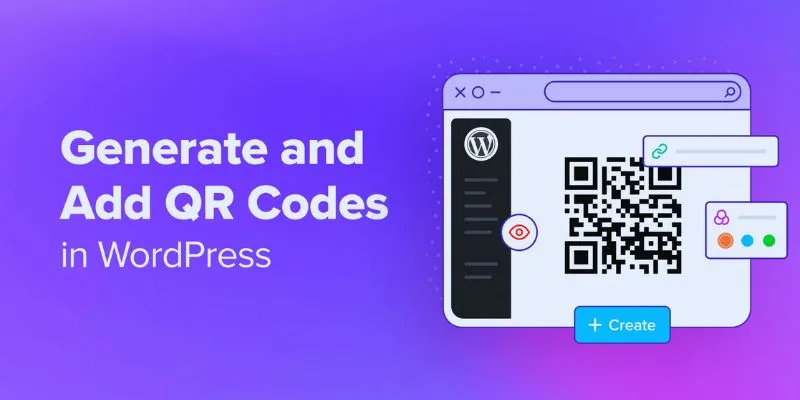
How to Generate and Add QR Codes in WordPress: An Easy Step-by-Step Tutorial

A Step-by-Step Guide to Creating a Photo Gallery with Albums in WordPress
Popular Articles
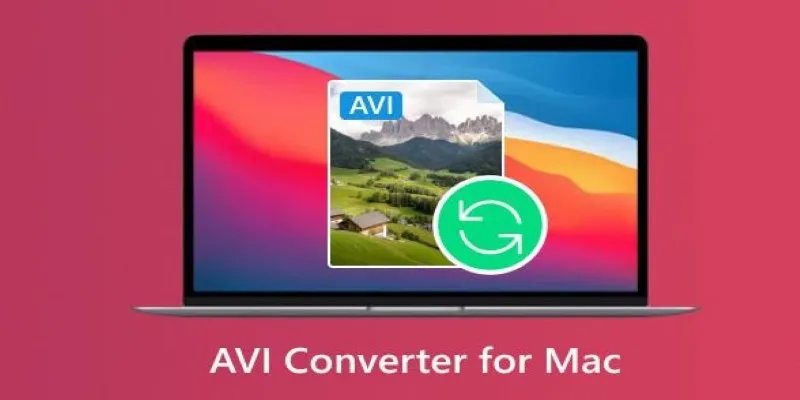
Top AVI Converters for Mac: 7 Popular Tools to Try in 2025

10 Best MP4 Players for Windows in 2025 You Need to Try

Camtasia Screen Recorder Review: Features, Pros, Cons, and Alternatives

Quick and Simple NEF to JPG Conversion: 3 Best Tools

Spotting AI-Generated Content: The Best Detectors You Need to Know
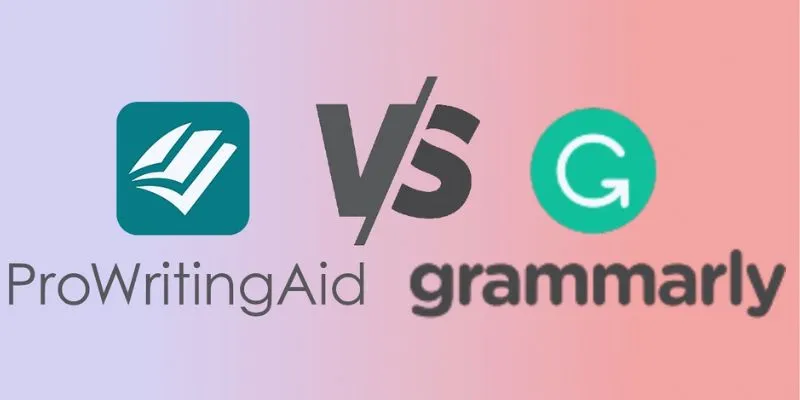
ProWritingAid vs. Grammarly: A Writer's Guide to Choosing the Best Tool

Zoom Whiteboard Explained: Features, How to Use It, and Alternatives

How to Download and Use Windows Movie Maker on Windows 10
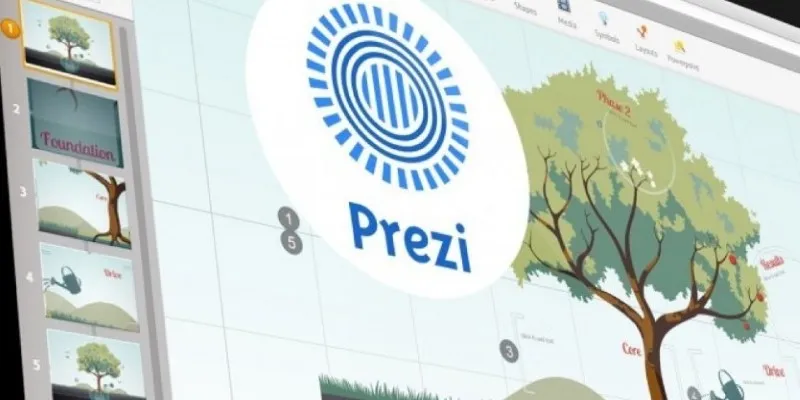
Free Prezi Slideshow Creation Made Simple: Start to Finish Tutorial
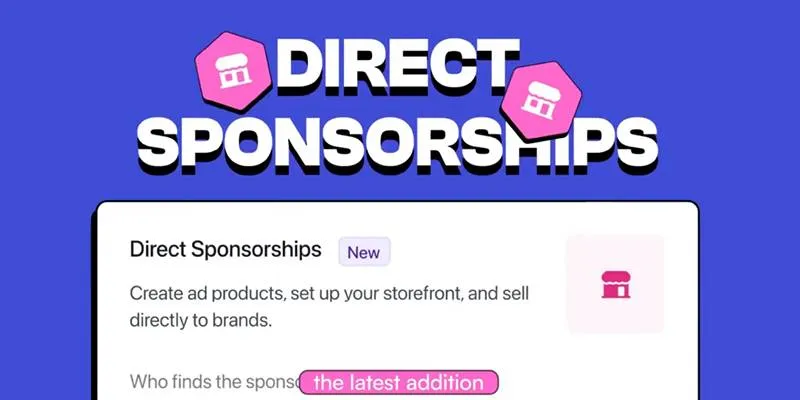
beehiiv Introduces Direct Sponsorships for Ad Sales and Revenue
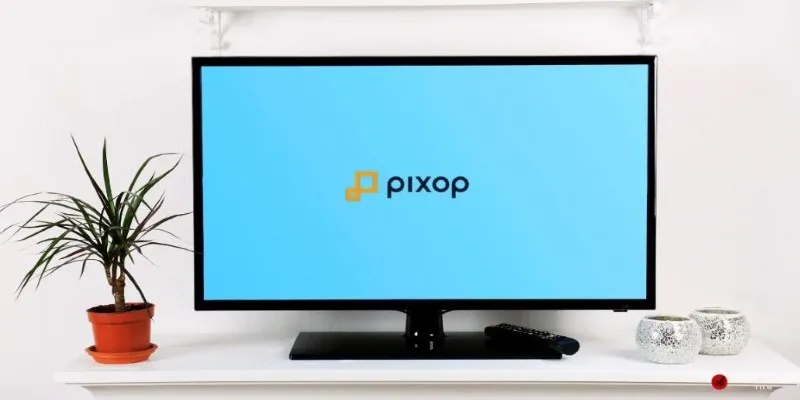
Choosing the Right 4K Video Upscaler: Top Five Picks

 mww2
mww2